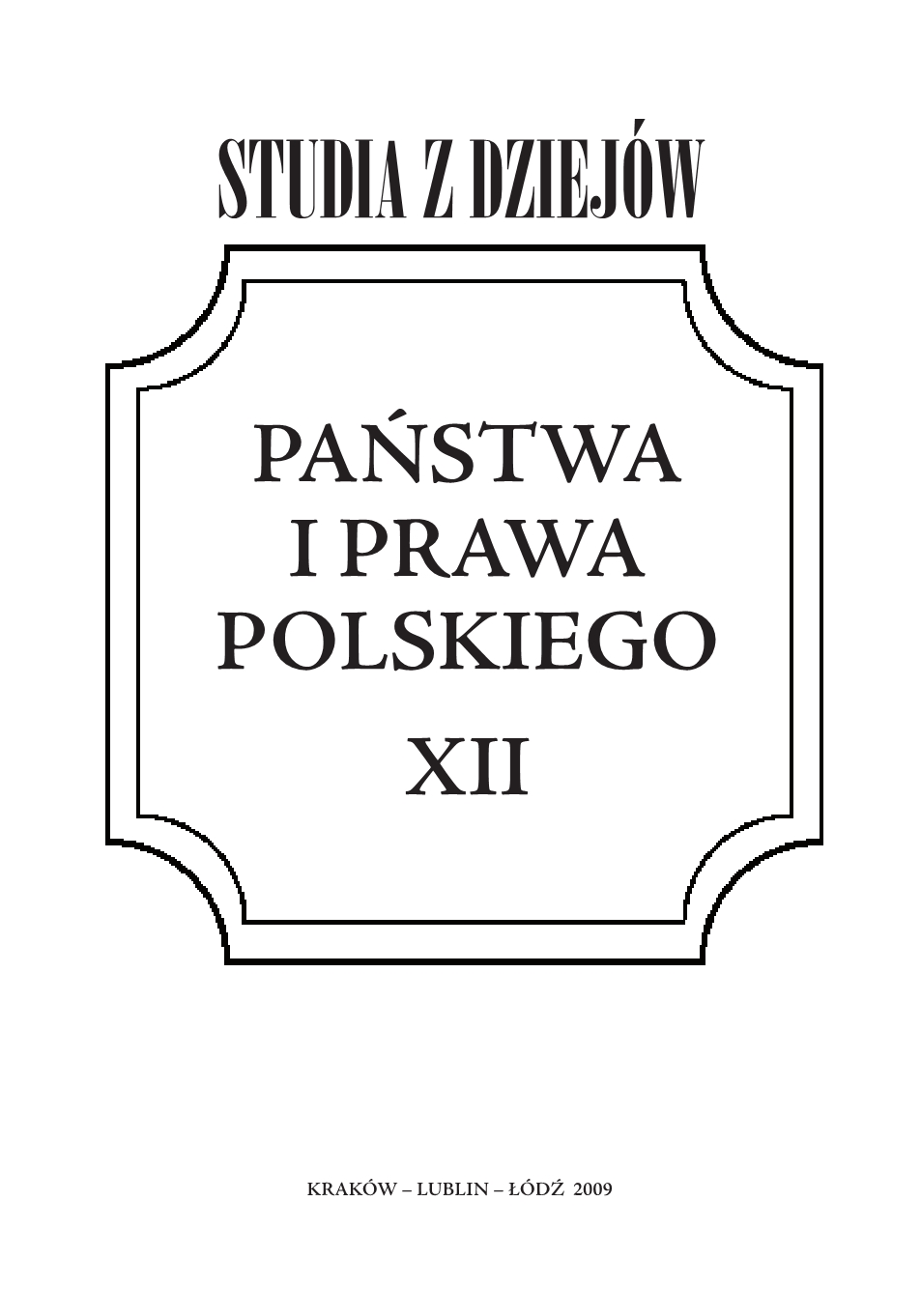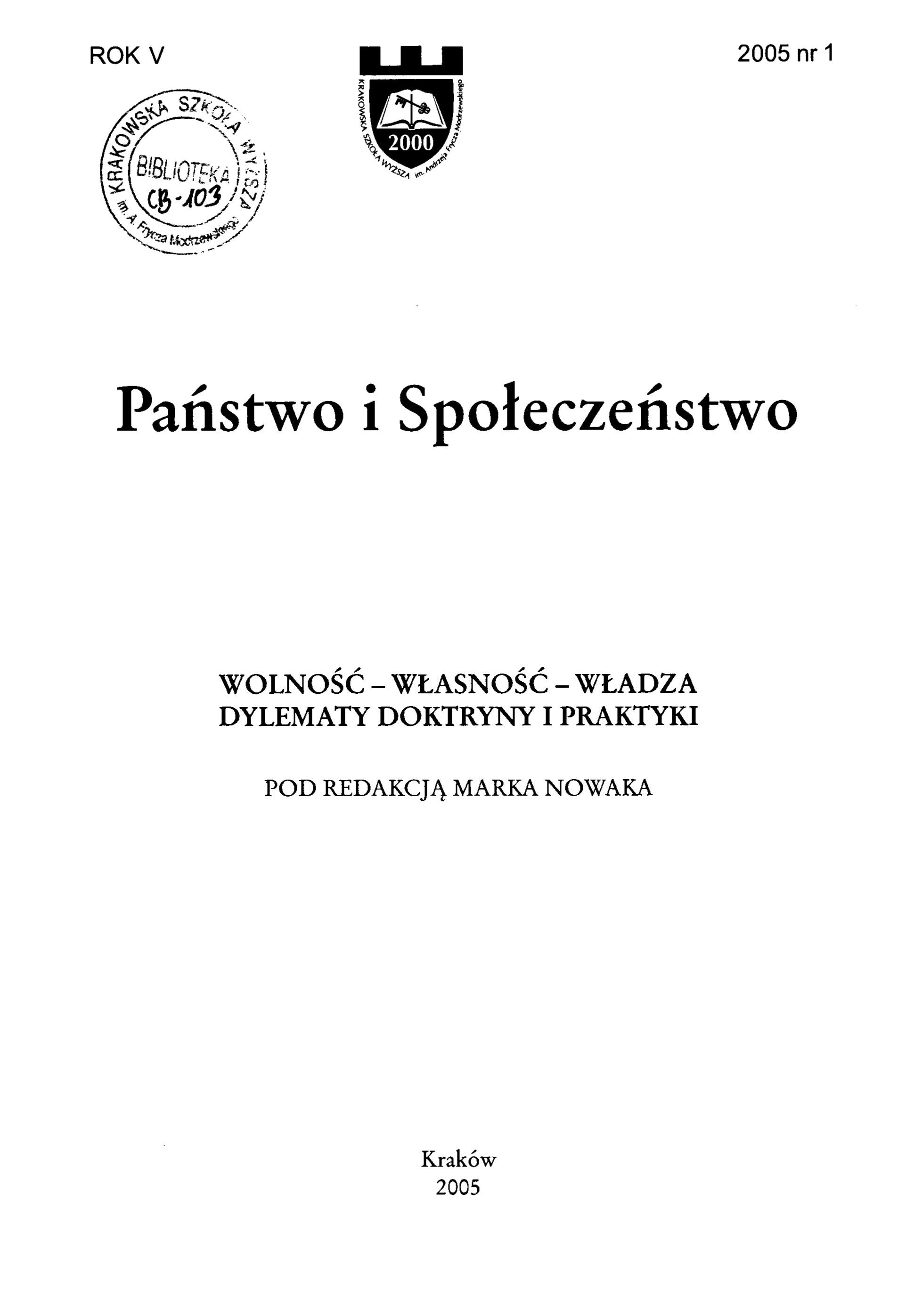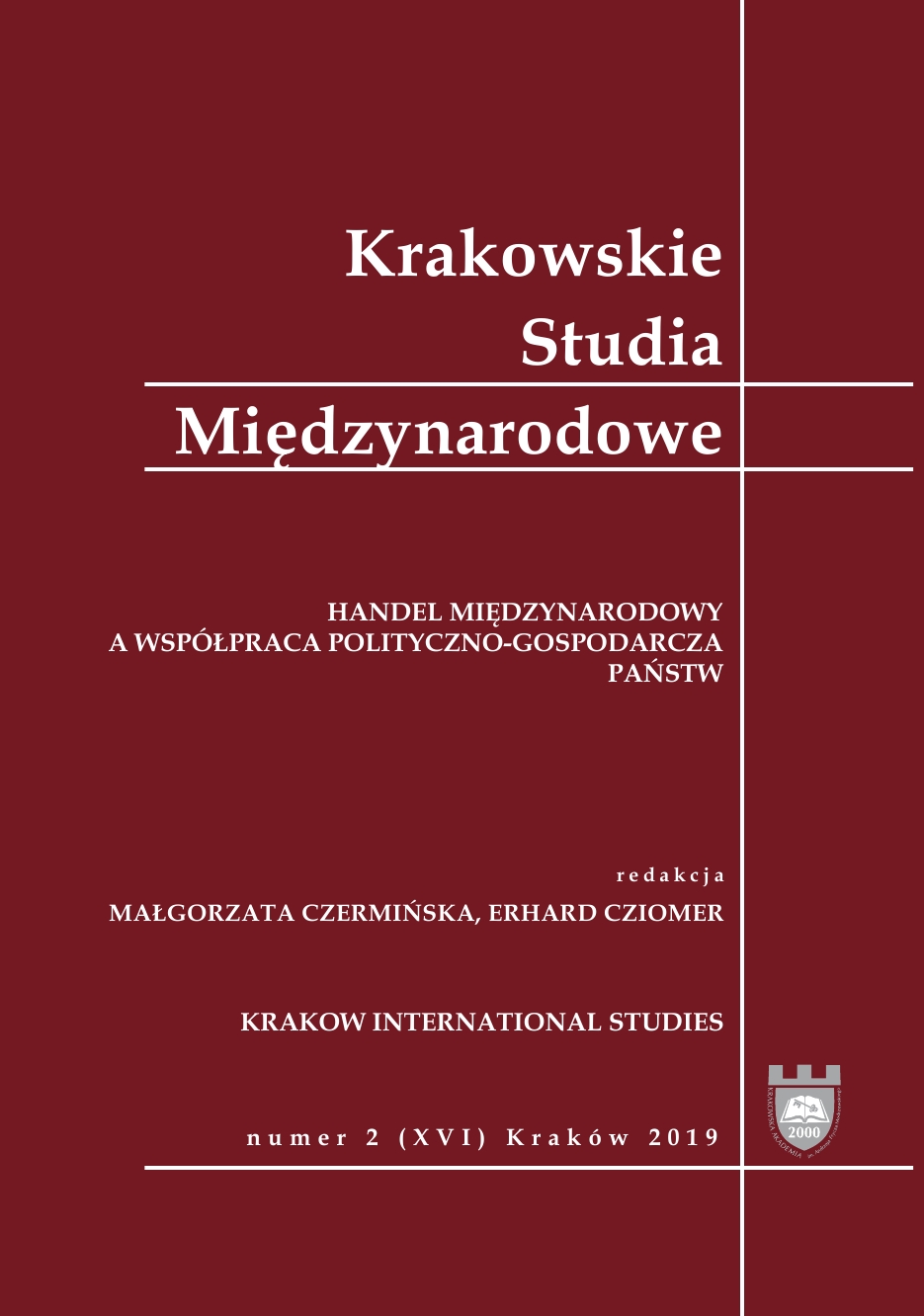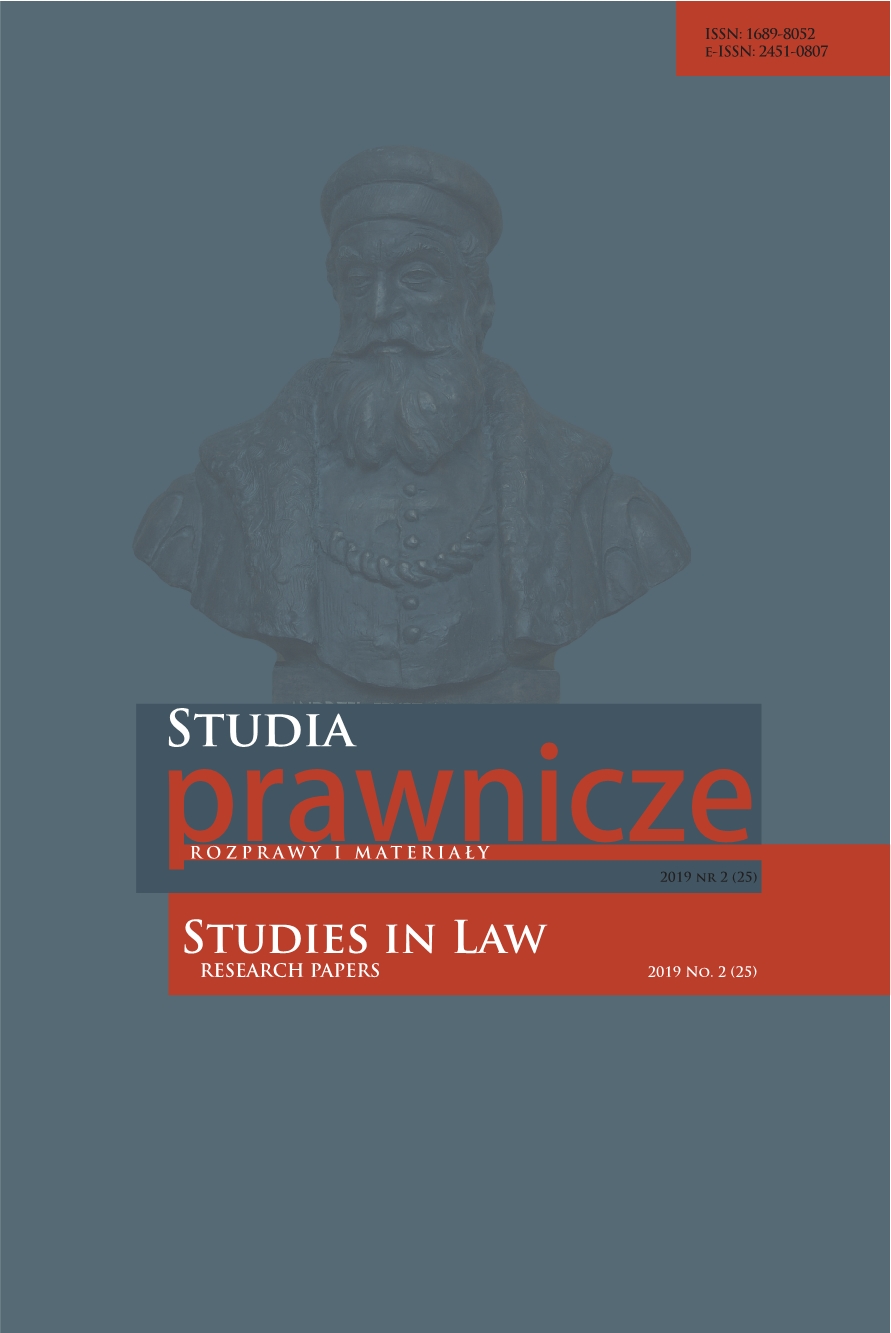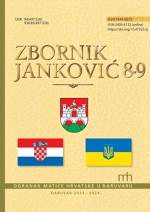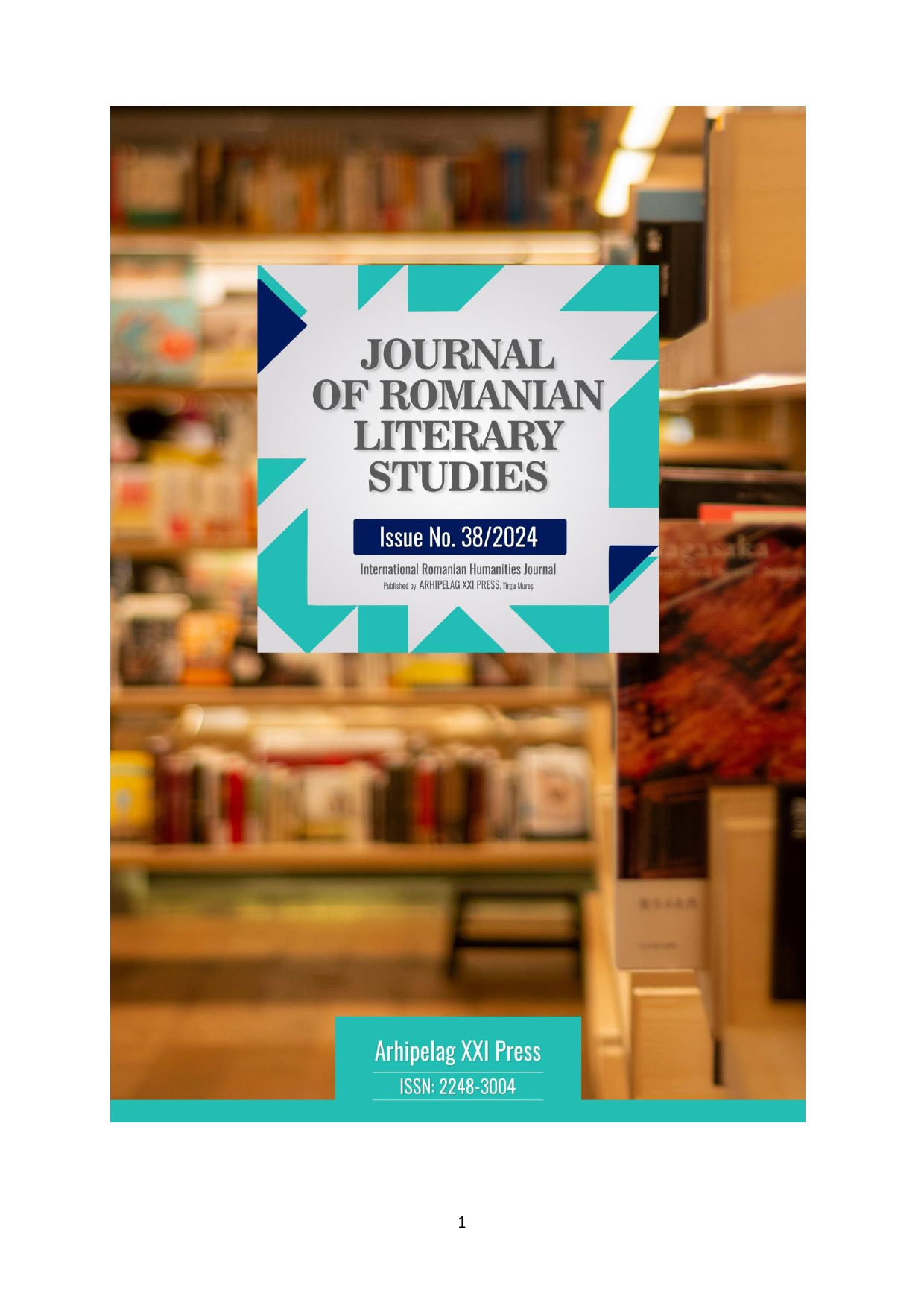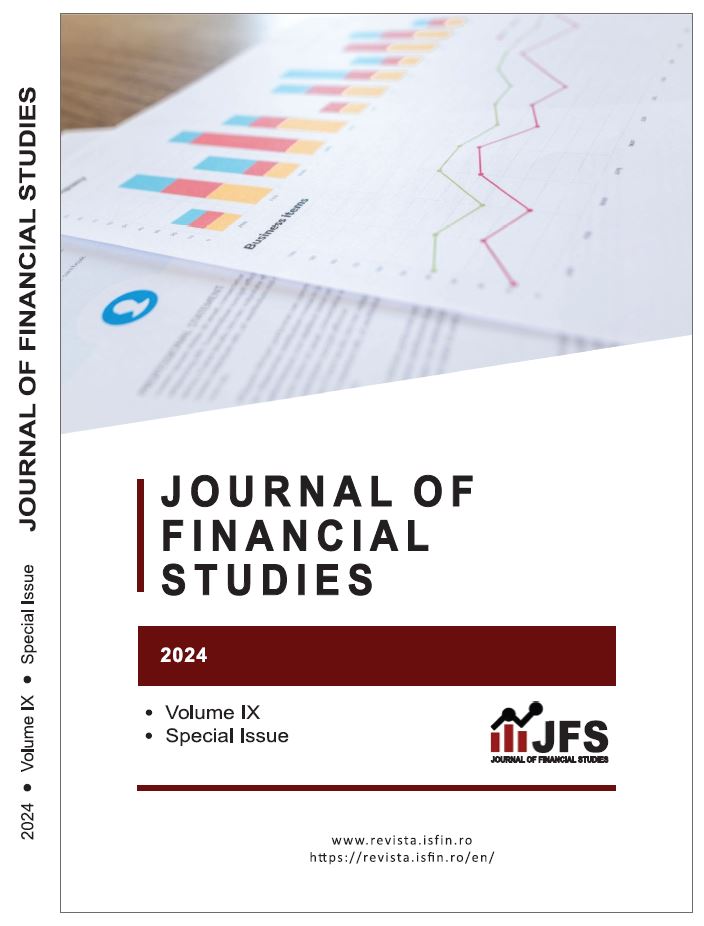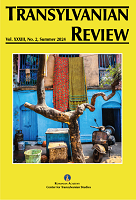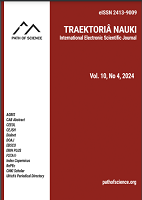
Służba leśna Wolnego Miasta Krakowa (1815–1846). Organizacja i formy działalności. Część II: Gospodarka leśna
The article presents the main forms of forest management, applied by the Forestry Unit in the Free City Of Krakow (1815–1846). For the purpose by the article, forest management is understood as the total of economic operations in the field of use, care and renewal of forests, which are a refinement of the methods of its breeding and decorating. It was shown that the measurements of forests, governmental and private, and then their division into the felling were of primary importance for the discussed issue. Economic plans were equally important, which apart from data on forests (location, area, planted species and their age) also contained information on planned forest crops and intended logging. They were prepared by the governmental district forester. Th e use of the Regulation of the Governing Senate of 1829 regarding the „classification and marking of wood”, including the content of reports that delegated officials of the Department of Public Income prepared, was discussed in detail. They contained detailed data on the firewood and material cut out in individual „full-time years”, the remanent inventory (wood left for the next fulltime year), and the destination of timber harvested in „national forests” (construction of government buildings, roads and bridges; equipment for primary schools and government mines, heating allowances for hospitals, officials, parish priests). The subject of supervision over forest management in private property was discussed. Attention was paid to the practical significance of forest maps prepared by the government geometers. It was mentioned about the transport of timber by water (Vistula, Przemsza) and land, organization of the Vistula composition and places to collect wood before it was floated. The attention was paid to the care for forest infrastructure, which formed forester’s lodges, in the final period of the Republic of Krakow, also dryers for pine, spruce and larch seeds. The issue of hunting in fiscal and private forests has also been mentioned. The forest management methods used in the 19th century in the Kingdom of Poland, Prussia and Austria were also presented.
More...
